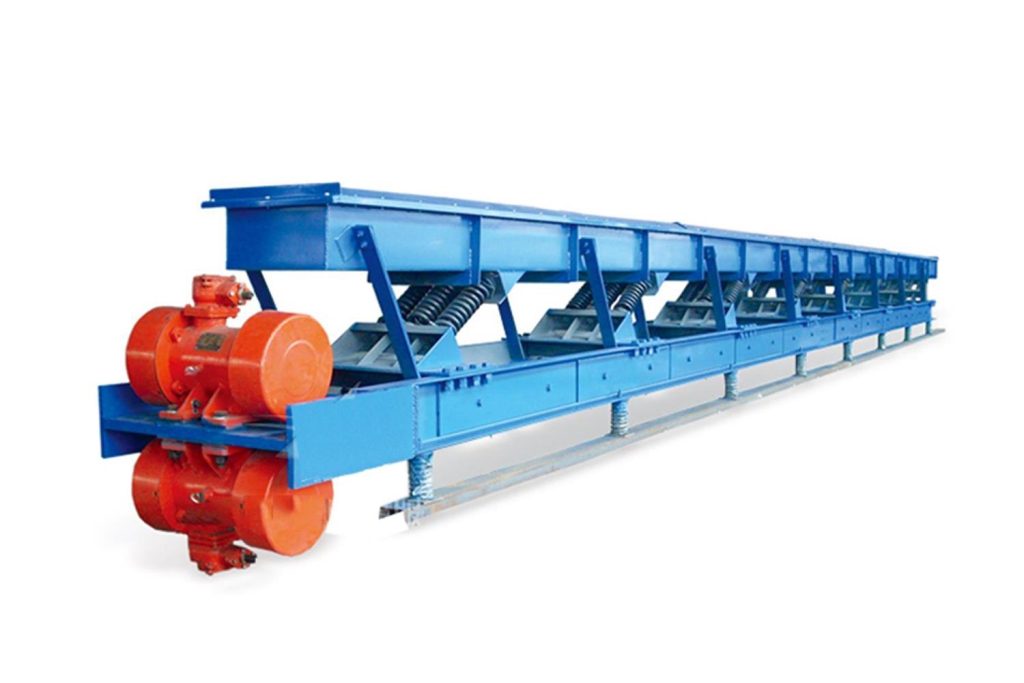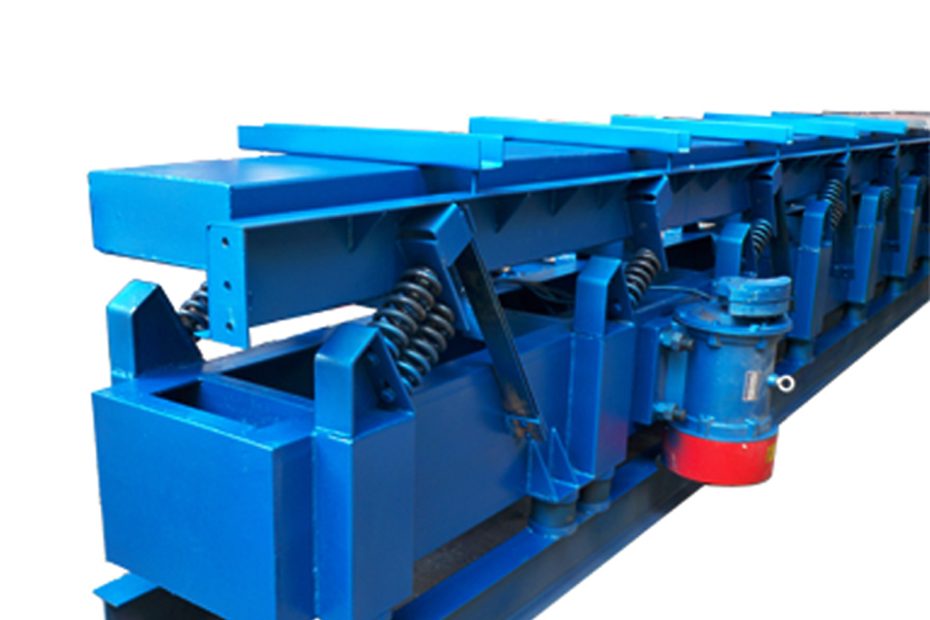The paper industry relies on efficient material handling systems to facilitate the production of various paper products. Vibration conveying is a commonly used method in the paper industry for transferring different types of materials.
Top 4 Applications of Vibration Conveying in the Paper Industry
- Woodchip and Fiber Handling: Vibrating conveyors are utilized for the transfer of woodchips and fibers, which are essential raw materials in paper production. These conveyors ensure a consistent supply of materials to the pulping process, supporting efficient and continuous paper production.
- Pulp Conveyance: Vibration conveyors play a crucial role in transferring pulp, which is the fibrous material obtained from the pulping process. They transport pulp to various stages of the papermaking process, such as refining, cleaning, and forming, ensuring a smooth flow of material and optimal paper quality.
- Paper Roll Handling: Vibration conveyors are used for the transportation of paper rolls within the paper mill or between different processing areas. These conveyors provide a reliable and controlled transfer of paper rolls, supporting efficient logistics and minimizing the risk of damage or deformation.
- Waste Paper Recycling: Vibration conveyors assist in the handling of waste paper during the recycling process. They transport waste paper to recycling equipment, such as pulpers and sorting systems, facilitating the efficient recovery of fibers for reuse in paper production.
Top 4 Advantages of Vibration Conveying in the Paper Industry
- Efficient Material Transfer: Vibration conveyors enable efficient and continuous material transfer, ensuring a steady supply of raw materials and intermediate products throughout the paper production process. This supports high productivity and minimizes production delays.
- Gentle Handling of Materials: Vibration conveyors provide gentle handling of paper materials, minimizing product damage or degradation during transfer. This is crucial for preserving the quality and integrity of fibers and paper products.
- Versatility and Customization: Vibration conveyors can be customized to handle different paper materials, accommodating various sizes, shapes, and moisture levels. They can be adapted to specific papermaking processes, ensuring optimal performance and efficient material flow.
- Labor Savings and Automation: The automation of material transfer through vibration conveying reduces the need for manual labor, leading to labor savings and improved operational efficiency in the paper industry.
Four major applications of vibration conveying in the waste management industry
Efficient waste management is crucial for sustainable and environmentally friendly practices. Vibration conveying plays a significant role in the waste management industry, facilitating the transfer and handling of various waste materials. This section explores the applications and benefits of vibration conveying in waste management, highlighting its suitability for different waste materials, advantages in waste processing operations, and its role in enhancing efficiency.
- Municipal Solid Waste Handling: Vibration conveyors are used for the transfer of municipal solid waste (MSW) in waste management facilities. They transport MSW to different processing areas, such as sorting facilities, recycling stations, or waste-to-energy plants, facilitating the efficient management and disposal of waste.
- Recyclable Material Sorting: Vibration conveyors equipped with sorting mechanisms, such as screens or magnets, are employed for the sorting of recyclable materials. They separate different types of recyclables, such as plastic, paper, metal, and glass, enabling their proper recycling and reducing the amount of waste sent to landfills.
- Bulky Waste Handling: Vibration conveyors assist in the handling of bulky waste items, such as furniture, appliances, or construction debris. They transport these items to designated processing areas, supporting efficient waste management practices and ensuring proper disposal or recycling.
- Waste-to-Energy Conversion: Vibration conveyors play a role in waste-to-energy plants by transporting waste materials, such as biomass or refuse-derived fuel (RDF), to the energy conversion process. They facilitate the efficient utilization of waste as a renewable energy source, contributing to sustainable waste management practices.

Top 4 Advantages of Vibration Conveying in the Waste Management Industry
- Efficient Waste Transfer: Vibration conveyors enable efficient and continuous transfer of waste materials, supporting the timely processing and management of waste streams. This helps to minimize waste accumulation, improve waste handling capacities, and optimize overall waste management operations.
- Versatile Handling of Different Waste Materials: Vibration conveyors can handle a wide range of waste materials, including municipal solid waste, recyclables, bulky waste, and specialized waste streams. They can be adapted to accommodate different sizes, shapes, and types of waste, ensuring efficient material flow within waste management facilities.
- Reduced Manual Labor and Improved Safety: The automation of waste transfer through vibration conveying reduces the reliance on manual labor, leading to labor savings and improved worker safety. This is particularly important in waste management, where the handling of waste materials can be physically demanding and potentially hazardous.
- Integration with Waste Processing Equipment: Vibration conveyors can be integrated with other waste processing equipment, such as sorting systems, shredders, or waste-to-energy conversion technologies. This seamless integration optimizes the overall waste management process, enhancing operational efficiency and resource utilization.
Conclusion
Vibration conveying plays a crucial role in both the paper industry and the waste management industry, offering efficient and versatile solutions for material transfer. In the paper industry, vibration conveying supports the smooth flow of raw materials, intermediate products, and finished paper rolls, contributing to high productivity and optimal paper quality. In the waste management industry, vibration conveying facilitates the efficient handling and transfer of various waste materials, enabling proper waste management practices and resource recovery.
By harnessing the advantages of vibration conveyor syetem , such as efficient material transfer, gentle handling, versatility, and labor savings, both the paper industry and the waste management industry can enhance their operational efficiency, reduce waste, and contribute to sustainable practices.
